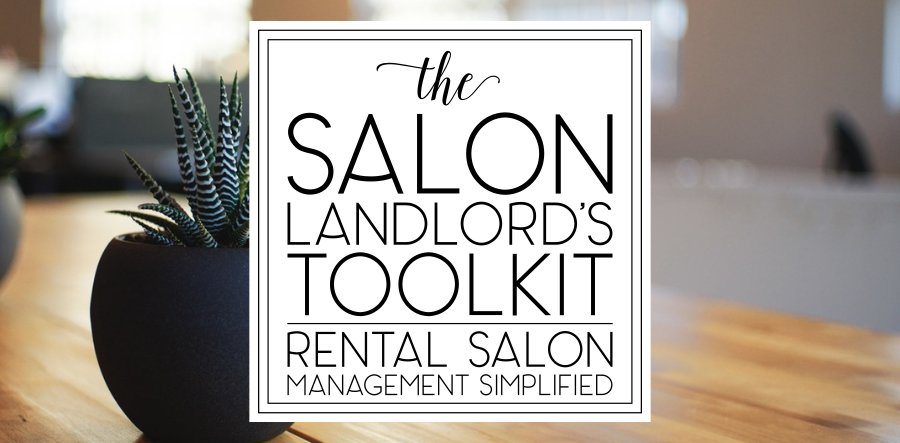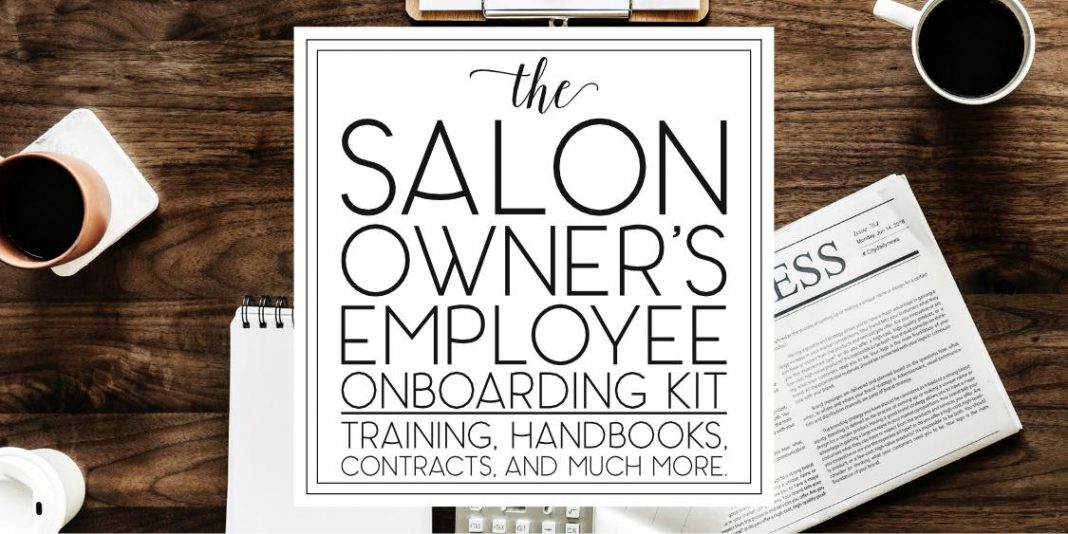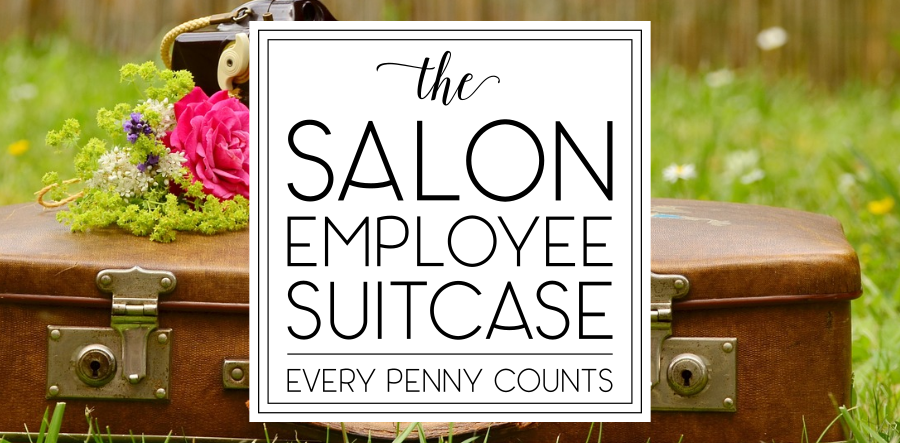Many photographers, models, makeup artists, stylists, designers, and nail technicians do shoots on a “TFP” basis.
I’m sure some of you are sitting there looking at the screen thinking, “What is a TFP?” (Totally Fun People? Testing For Popularity? Tacos From Pennsylvania?)
Put simply, TFP stands for Time (or Trade) for Print (or Portfolio). You may also see the phrase TFCD used. TFCD stands for Time/Trade for CD. This term is most frequently used by photographers who use digital cameras.
It doesn’t really matter what the letters stand for since all abbreviations mean the same thing: nobody gets paid.
You won’t get a commission or hourly rate and neither will anyone else involved.
Now I’m sure you’re sitting there thinking, “Why on earth would I want to work for free?” You actually won’t be working for “free,” but in exchange for high-quality images, which you can use in your portfolio or in your marketing materials.
Generally, you find more amateur photographers and models doing TF work to build their portfolios and gain experience. Occasionally you’ll stumble across a professional who wants to do a TF shoot to get a specific look for their portfolio, or so they can sell the images independently to a stock photo company.
Outstanding work can be produced at a TF shoot.
That being said, here’s a short list of reasons why you need to be very selfish and selective when it comes to working TF.
- If you have a full portfolio and the project isn’t going to be published somewhere that will grant you a significant amount of exposure, you don’t need to work TF.
- Unless you can trust the photographer to deliver the images, you deserve to be paid for your time, product, travel, and professional expertise.
- You’re not a charity worker. Unlike the model and the photographer (the two people who are going to gain the bulk of the exposure from the work), you’re the one investing the most in terms of time and product. I’m not downplaying the value of the photographer. Many photographers spend years in school and thousands in equipment. However, once those initial investments are made their overhead is reduced to $0. Some may argue that their time is worth hundreds and that may be true, however, the majority of the time the ones who are coordinating the shoots are the photographers. Just because they’re willing to take a loss to capture a specific shot doesn’t mean you have to be.
Preparing yourself for a TF shoot:
1.) First, write up your own TF agreement.
Mine is here, if you want to see an example.
Specifically outline your policies. Make sure to include a form containing: the photographer’s name and business name (if any), the location, the names of the models involved, the types of services and the values of the services you’re going to be expected to perform. Also include the trade items agreed upon. I recommend placing a paragraph in it that states that you will not accept images that have obtrusive watermarks. Watermarked images in your portfolio are not flattering or professional-looking. (The last thing you want in your advertisements or business cards is a photographer’s watermark.)
In bold, capital letters, write this statement, “IF THE TRADE ITEMS PRODUCED FROM THIS SHOOT ARE NOT PROVIDED IN 30 DAYS, THE PHOTOGRAPHER IS RESPONSIBLE FOR PAYING THE FULL PRICE OF THE SERVICES PROVIDED.”
Put simply, this statement will ensure that you will benefit from the trade project. Include the estimated cost of your time, your travel, and the service values so the photographer understands what you’re worth, down to the penny. This form serves as a contract between you and the photographer. Have a signature line for yourself, the photgrapher, and a witness to sign.
2.) Prepare your own release form.
Make sure the release states clearly that you have the right to use and distribute the photos as you see fit and that nobody else can claim any profit from the photos. (This includes yourself. You cannot resell or relicense the photos. That right belongs to the photographer alone.)
Take photos of the model’s driver’s licenses with your phone. Include a paragraph in the form that releases you of any liability in the rare event that a model has an allergic reaction to a product you use on her. This likely won’t protect you from being sued, so make sure your Professional Liability Policy is current and active.
3.) Be sure that all parties involved have a clear understanding of what to expect from you and what you expect in return prior to the shoot.
That’s basically what this paper is for. It’s to have everyone’s expectations in writing before you waste your time on a project that might not benefit any of you.
Beware of “Commercial TF” Work
“Commercial TF” is where a client seeks professional staff (models, photographers, and support staff) to create images for commercial usage but only pays out in tearsheets or prints (usually with limited distribution rights).
This is not an appropriate use of TF because you are giving someone else the ability to make money from your work without getting compensation in return.
Don’t confuse this with working in exchange for an editorial tear. Obviously, if someone wants you to style some models TF for a spread in Vogue for free, do it. What I’m talking about is commercial advertising. If everyone starts working TF for clients, our work no longer has value.
If you work is good enough to be printed in magazines, you’re good enough to be paid for your time.
“Experience” and “exposure” is not a good reason to do commercial work for free. You need those two things to get commercial work to begin with. Unless you’re able to use those images how you please, don’t work for someone else for free just so you can tell others that you did so.
Just because you’re not getting paid does not mean that you have no obligation to perform.
Once you’ve agreed to work TF, you must follow through with that agreement. Everyone else has committed to the shoot. It’s a lot like when a client no-shows for an appointment. You booked that time for her. That slot is now open. You could have put another paying client there. That missed appointment represents time and opportunity wasted. Your time in the salon is money. Same for the support staff, the model, and the photographer involved. Not to mention that most professionals that work in modeling and photography know each other. Almost everyone I’ve shot with knows several other photographers and many of the models I’ve worked with.
If you aren’t dependable, word will get around and you’ll never get work.
Do you have any tips for working TF? Want to share your shoot stories? Let’s talk about it in the comments!









10 Responses
LMFaO seriously? Im a photographer and I do everything the makeup artist job lasts an hour the models jobs lasts an hour my job is to scout location, plan the shoot entirely direct and spend hours editing afterwards, editing the makeup artists work making sure it looks perfect, retouching imperfections on the model. My job is make sure everything looks perfect and everything runs smoothly, not to mention my camera and 1 lens alone cost a whole years kit for you. I plan with the makeup artist and I plan with the model, oh and let’s not forget that I buy the outfits when I want something specific. How could anyone, even for a second think that anyone other than the photographer does the most work on a shoot? Like really? All everyone else has to do is show up while I plan for 3 days and edit for a few days after. All the pressure is on us because everyone is waiting on our product. Don’t get my wrong the model and makeup artist is super important but “makeup artist does the most work” you obviously have no idea what goes on behind the scenes.
I think you’re misunderstanding. This post isn’t just for MUAs, it’s for all beauty professionals who are participating in TF shoots. My statement was this: “…the majority of the time the ones who are coordinating the shoots are the photographers. Just because they’re willing to take a loss to capture a specific shot doesn’t mean you have to be.”
To clarify further, what I mean is that if the photographer has a specific look in mind for their port and is willing to take a loss in order to achieve that shot, no support professional (whether they’re MUAs, stylists, or designers) should feel obligated to also unless they share that photographer’s rabid desire for that image. They shouldn’t be afraid to quote prices if they feel the image isn’t really going to benefit them.
It seems like you’re referencing MUAs in your comment, but when I say that a beauty professional is investing the majority of the product/time investment, I’m talking about people who spend more than a few hours on set. I’m talking about the stylists who color the models’ hair, apply their extensions (which costs major money depending on the hair and application method), and spend hours on set styling the hair for the image.
We’re also likely talking about two different types of photography. In our industry, the hair/beauty work is really over-the-top, generally requiring anywhere from 12-30 hours total of hair, nails, and makeup over the course of several days–color and cut and extensions one day, nail extensions and styling the next, makeup on the morning of the shoot… I’m not referencing typical fashion or studio photography. We’re talking about extreme avant garde fashion/beauty work. The cost for this kind of work, if invoiced to the photographer, could cost upwards of $1,500 per model, so beauty professionals have a right to be very selective about which photographers they do TFP with.
In short, we do agree that photographers do more work than the MUAs, but we definitely do not agree that “all everyone else has to do is show up.” Beauty professionals in fashion do a whole lot more than that. Consulting with the photographer and other TFP partners on the look can take several days alone.
I would like more information and this I’m in San Antonio
Can you be more specific about what information you’re looking for?
My 16 year old daughter Maisie has a portfolio and wants to break into modelling. The problem we find is that she is studying for A levels @ college, all the jobs she’s matched with are miles away and require her taking time off! Do any of these people work at weekends?
It depends on the professional. A lot of them do when they’re doing side work for their own portfolios, but you’ll have to check with them.
This is not entirely true. in some places totally not true. If you get TFP as a model and sign model release form to the photographer, he owns the right to do with the image entirely and can do with it, what he wishes without your permission or ever asking you again. If years later he decides to sell that image to the magazine – you don’t get paid! The image does not belong to you, your face on the image does, but you agree to release its use by a photographer in a Model release. Also, as photographer scout a location, setup the whole thing, I buy thousands of $$ worth of equipment and lenses, I provide costumes, makeup, and accessories to the models, I buy tones of software that cost hundreds and probably thousands of $$ in total. I spend time processing images to the perfection. sometimes 3-4 hours per piece. I do yoga while shooting the person who just standing there.. So how can anyone do more work in this trade or invest more money?? You when you talking about “giving someone ability to make money”.. Yeah, God forbid the photographer make those 35cents by selling your image, after everything he/she has invested.
Critical reading is your friend. If you had done more than scan the text to apparently find something to complain about, you’d see the “someone else” in this instance are the companies commissioning ALL OF US (including you, precious photographer) to produce editorial material for them for free. Once again, PLEASE READ BEFORE YOU COMMENT.
“I’m not downplaying the value of the photographer. Many photographers spend years in school and thousands in equipment. However, once those initial investments are made their overhead is reduced to $0. Some may argue that their time is worth hundreds and that may be true, however, the majority of the time the ones who are coordinating the shoots are the photographers. Just because they’re willing to take a loss to capture a specific shot doesn’t mean you have to be.”
“You cannot resell or relicense the photos. That right belongs to the photographer alone.”
“What I’m talking about is commercial advertising. If everyone starts working TF for clients, our work no longer has value.”
I also don’t want to have a pissing match here, but I spent 2 years and over $20,000 on my education. My material costs are routine, and they aren’t cheap. Don’t talk to me about how much photographers spend as if they’re the only ones with real costs. You don’t have a clue what other industry professionals invest in their own products, equipment, or education. So take a seat.
I absolutely appreciate this article and the replies to your comments ?
As a photog, monthly, I pay 60$ for insurance, 30$ for online gallery delivery, 5$ online backup, 55$ for adobe CC and a handful of other small revolving costs… and that doesn’t even touch continued education, continual equipment investments, etc.
I don’t think any quality photog reaches a point where their overhead would be 0$, especially an amateur building up their skill sets and, most surely, their equipment (again, we’re talking amateurs, who may be getting into newborns, other studio portraiture, weddings, really anything outside of natural light or, like, concert photography (maybe a flash for that??). Sure, there may be some fringe photogs who are dead set with their one camera body and one or two lenses, and was able to outright pay for their editing programs (versus paying monthly), but at the VERY least, they’re paying for insurance and gallery delivery (not sure how super pros deliver images?). Perhaps that’s a lot less than others (like MUAs), but it’s still more than 0$, which probably the root of anyone’s contentious comments. Everything is just so arbitrary, but I understand you mean verrry high TFP work. I also realize everyone’s financial circumstances are different, and would factor into your judgements of what costs photographers have. I would also need to learn more.
Just my thoughts!
But your info has been verrrrry eye opening to learning about what (detailed) costs MUAs, and everyone else, have. And I appreciate how you broke everything down to really explain how to be aware of everyone’s contributions and responsibilities. Thank you!!!
Hi Ciara!
You’re right. Back when this was written, Adobe CC wasn’t a thing. (You used to be able to shell out $600 and outright own programs individually–a system I sincerely miss, because in addition to being expensive, Adobe’s customer service is hot garbage, lol.) We also used to transfer images with portable hard drives. Online galleries other than Photobucket (ew) weren’t really a big thing back then (at least, not to my knowledge).
Most of the amateurs I worked with were hobbyists who–at most–would have a few lights and backdrops to set up at home. They were the kind of photographers who mostly did shoots for fun and a little extra money. I chose those people intentionally, because they were typically more fun to work with and had no problem delivering.
I would also work with a handful of full-time professional photographers, who were on the complete opposite end of that spectrum. They weren’t doing family sessions and passport photos at Sears and calling themselves pros–they were legit self-employed freelance photographers who did fashion and advertising work as a full-time job. A few of them employed full-time assistants and all had tons of equipment.
But what I’m referring to are those revolving costs. Back then, a photographer could outright buy software. They didn’t have online galleries. So, aside from the expenses we all have to bear as self-employed people (bookkeeping, travel, promotional materials, employees, advertising), an aspiring photographer would be investing several thousand dollars in equipment. Unless that equipment broke or needed repairs (replacement bulbs, for instance), they’d be set.
When you contrast that to a beauty professional, obviously, our product costs never end. Brushes need replacing, product needs to be replenished, and we have to invest in a wide enough range of colors and tools to be able to pull of a ton of different looks.
Nobody requires photographers to go to school or become licensed, whereas beauty professionals must do both.
Nobody requires photographers to take continuing education, whereas beauty professionals are required to (unless they want to lose their license).
Nobody requires photographers to have insurance, whereas most beauty professionals are required to carry professional liability insurance policies (again, unless they want to lose their license).
I think it was easy for some of my photographer friends to write off the expenses of the beauty workers as frivolous, until we showed them our receipts, lol. I think now it’s easier to see, because we have Sephora and Ulta. Now everyone knows the pain of having to pay $38 for a tiny container of brow powder, or $40 for an ounce of foundation. When you’re using a product like that on yourself, it feels like it lasts forever. For home use, you only need one of those things, because your skin tone won’t change. But when you’re using those products on a variety of people, you not only need to stock a variety of shades, you end up replacing them every week or two.
It adds up very fast, and it never stops. None of us can say, “Okay, we have enough hair color, makeup, and nail polishes. We can work with these and save money for the next year,” the way a photographer might be able to with regards to their equipment. Really, that’s the point I was making. Not that their overhead is necessarily zero, just that they tend to have a higher degree of control over their revolving overhead than we do.